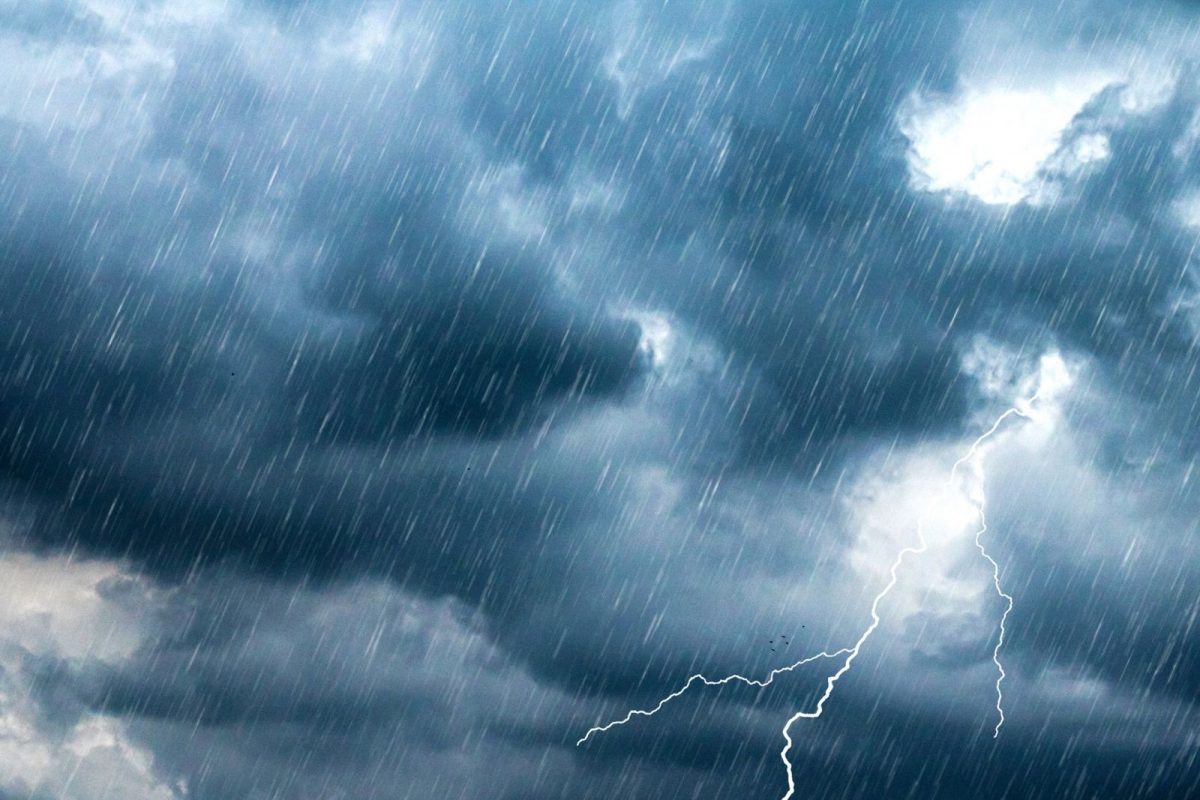As the global conversation around climate change continues to intensify, the European Space Agency (ESA) and Japan’s JAXA space agency have joined forces to launch the Earth Cloud Aerosol and Radiation Explorer (EarthCARE) satellite. This ambitious mission aims to shed new light on the complex interactions between clouds, aerosols, and radiation within Earth’s atmosphere, providing crucial insights into the role of clouds in shaping our planet’s climate.

Mission Behind EarthCARE
Launched on a SpaceX Falcon 9 rocket from California’s Vandenberg base on May 28, EarthCARE is poised to embark on a three-year journey to construct a detailed atmospheric profile. At an altitude of nearly 400 kilometers (250 miles) above Earth, the two-ton satellite will illuminate the characteristics and behaviors of diverse cloud forms, from low-hovering cumulus to towering cumulonimbus clouds.
Dual Role of Clouds
Clouds play a dual role in our atmosphere, acting as both a cooling parasol and a thermal blanket. White, bright cumulus clouds, composed of water droplets, float relatively low in the sky and reflect solar radiation back into space, cooling the Earth. In contrast, higher altitude cirrus clouds, made of ice crystals, allow solar radiation to pass through, warming the Earth, and then trap the heat, functioning like a thermal blanket.
Unique Capabilities of EarthCARE
EarthCARE is set to revolutionize our understanding of the atmosphere as the first satellite to measure clouds’ vertical and horizontal distributions. Equipped with advanced instruments, including a Lidar instrument that emits laser pulses to measure clouds and atmospheric aerosols, the satellite will probe the depths of clouds, determining their water content and monitoring their movement speed. Additionally, the satellite’s radar can penetrate clouds to determine their water content and monitor their movement speed, akin to how terrestrial radar detects speeding vehicles.
Implications for Climate Science
The scientific community is eagerly awaiting the data that EarthCARE will deliver. This information is crucial for refining climate models that predict the rate of global warming. Understanding how solar radiation interacts with clouds is key to grasping and mitigating the effects of human-induced global warming. The mission will explore whether the cooling effect of clouds – currently more significant than their warming effect – will intensify or weaken. According to Dominique Gillieron, who leads ESA’s Earth observation projects, the changing distribution of clouds due to global warming makes this trend increasingly unpredictable.

